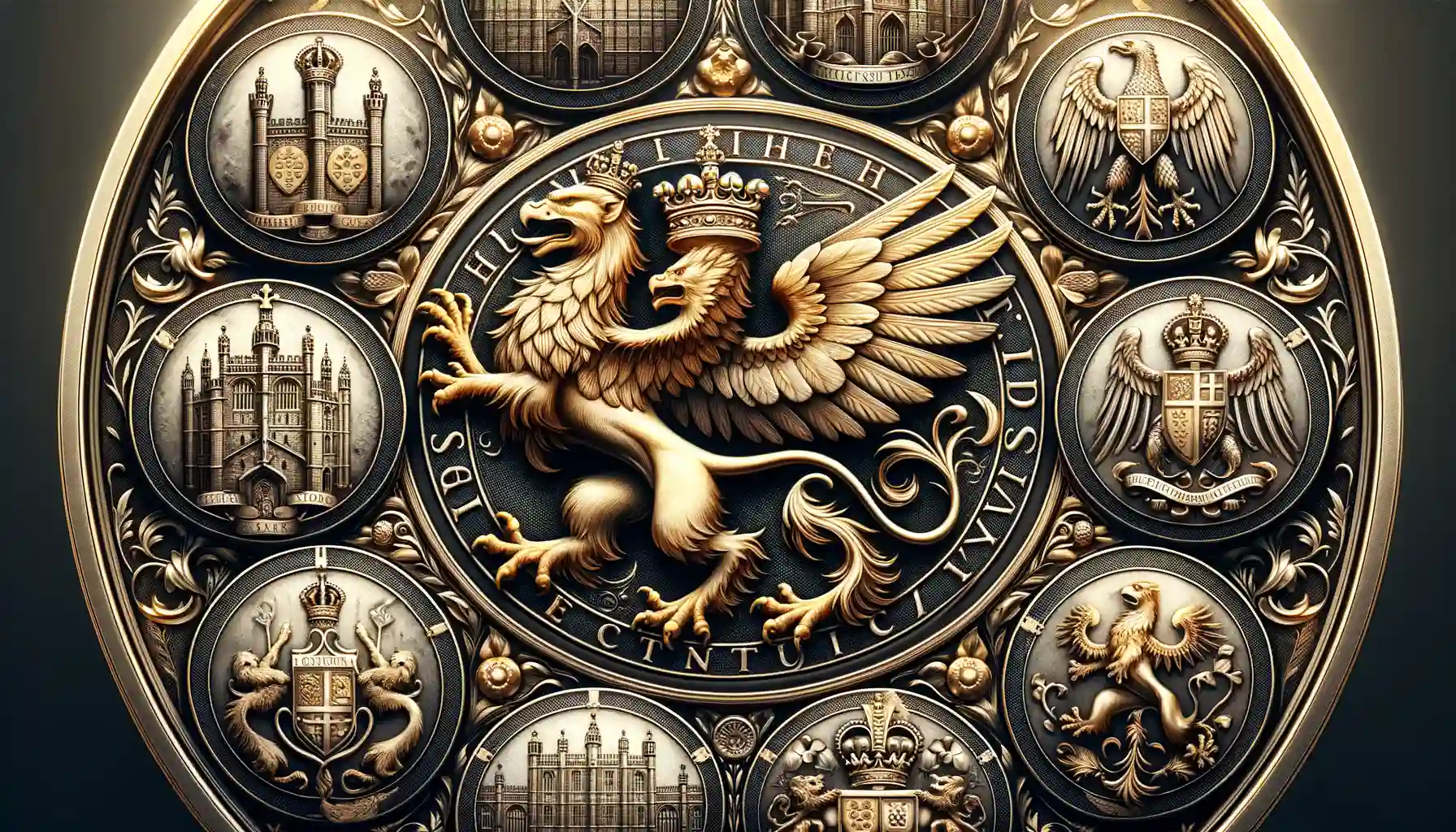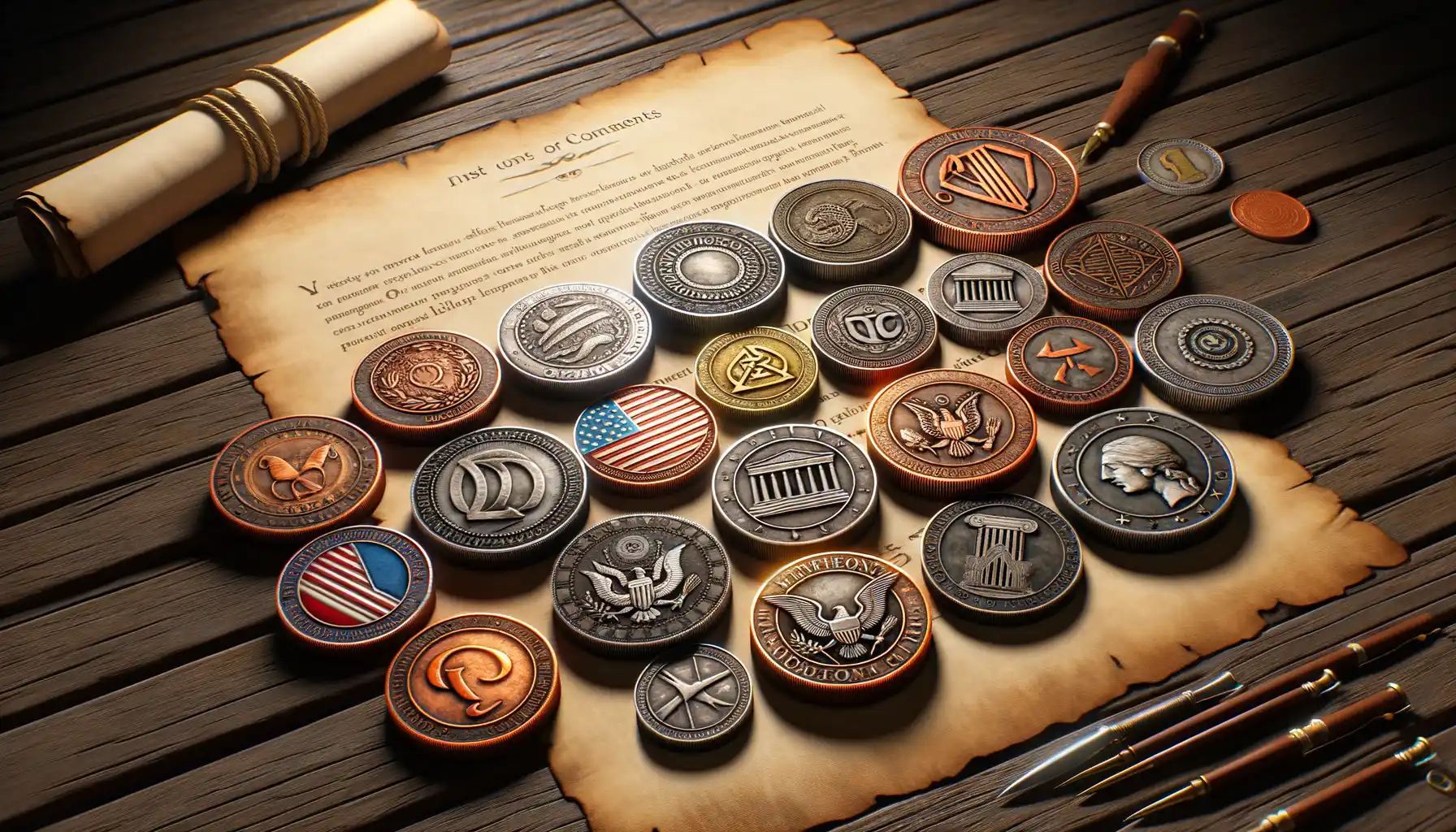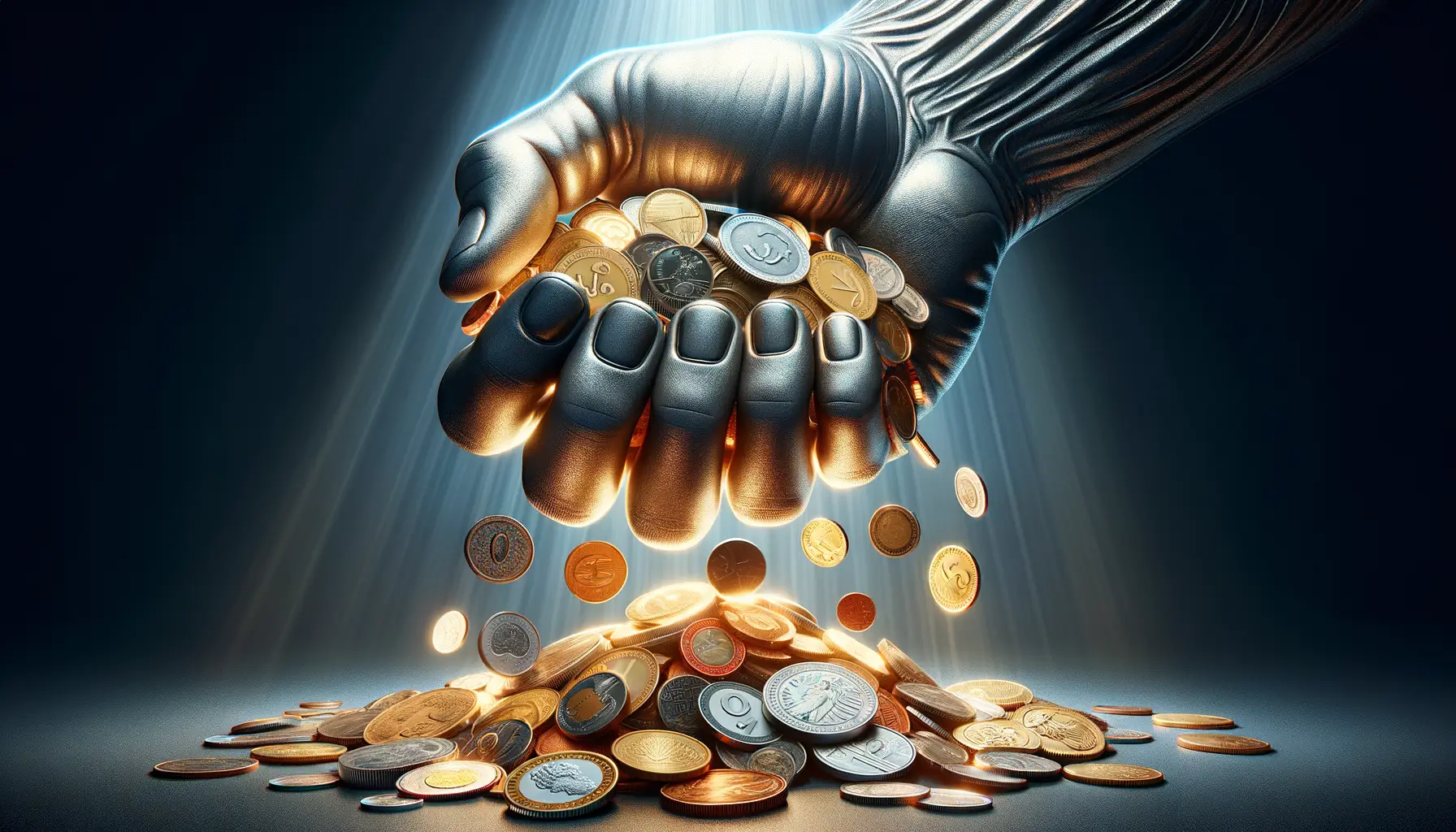Historical Significance of Coins as Symbols of Power
The Power Imprinted in Every Coin
Coins are far more than metal disks—they’re the whispered commands of emperors, the bold declarations of kings, and the subtle flexes of empires. In ancient Rome, for example, the face of Julius Caesar boldly adorned coins after his military triumphs. This wasn’t mere vanity; it was a declaration: “I control the wealth. I control the people.”
The unique thing about coins is their ability to travel. Unlike statues or monuments fixed in place, coins move through markets, hands, and borders, spreading the image and message of power with every exchange. Imagine you’re a farmer in a far-flung Roman province, holding a coin that emanates the authority of an emperor you’ve never seen but whose existence feels undeniably real through that small piece of metal. It’s potent, isn’t it?
- Egypt’s pharaohs used coins to cement their divine status, displaying gods beside them to amplify their authority.
- Medieval kings incorporated heraldic symbols, visually tying themselves to the might of their nations.
Each coin tells a story—a tangible reminder of the rulers who sought influence, supremacy, and immortality through their designs.
Design Elements that Convey Authority on Coins

The Power of Iconography
Have you ever held a coin and noticed how its design commands respect, almost as if it carries the weight of history in its intricate lines? Coin designers don’t leave that to chance. Bold imagery is often at the heart of a coin’s authority. Think of the Roman denarius flaunting emperors like Julius Caesar with imperious profiles carved in every detail. A stern gaze, a laurel wreath, or a crown wasn’t just decoration—it was a proclamation: “I rule, and this coin proves it.”
Symbols also play their part. The eagle, for example, has long been a showstopper on coins, from ancient Greece to modern America. Why an eagle? Because it’s regal, untouchable, a creature of the heavens. Pair that with a shield or a sword, and suddenly, that small piece of metal feels like the might of an empire condensed into your palm.
- Regal portraits: Profiles of rulers cementing their authority.
- Majestic animals: Lions, eagles, and mythical beasts radiating power.
- Insignias: Crowns, scepters, or seals reinforcing legitimacy.
Words That Speak Volumes
It’s not just images that demand attention—words can be equally commanding. Latin mottos like “SPQR” (Senatus Populusque Romanus) or “Dei Gratia Rex” (By the Grace of God, King) imbue coins with a sense of timeless gravitas. These inscriptions weren’t throwaway phrases; they conveyed divine endorsement and cemented sovereignty.
Consider Britain’s coins under Queen Victoria. The phrase “Victoria Regina”, surrounding her face, wasn’t mere vanity—it asserted her role as ruler of an empire where the sun never set. Every inscription, every curve of typography whispered assurance to citizens: this coin, and by extension this leader, is unshakable.
Icons and inscriptions, working hand in hand, transform coins from mundane currency into tiny, wearable monuments of power.
Coins as Tools of Political Propaganda

The Coin: A Political Megaphone in Your Pocket
Coins are far more than loose change jangling in your pocket—they’re silent messengers shouting political messages to the masses. Imagine this: a Roman denarius featuring the profile of Emperor Augustus. To the illiterate masses, that little coin wasn’t just money—it was a constant reminder of *who* called the shots. For many, it was the only image of the emperor they would ever see.
Rulers across history have used coins as miniature billboards for their agendas. Why? Because coins were everywhere. They paid soldiers, funded markets, and crossed borders. What better way to project an image of strength, divinity, or even victory than to stamp it onto something touching every hand? With one well-placed design, a leader could communicate: “I am powerful,” “I am chosen by the gods,” or “I just conquered those guys over there.”
- Julius Caesar’s coinage: First living Roman to put his face on a coin—an audacious move synonymous with claiming absolute power.
- Napoleon Bonaparte’s coins: Carefully crafted to show his transformation from revolutionary hero to imperial ruler, each coin told his evolving story.
Shaping Ideals, One Coin at a Time
But it wasn’t all portraits and self-promotion. Coins carried symbols—eagles for dominance, olive wreaths for peace, or temples for divine blessing. Think about the ubiquitous use of the eagle in American coinage. It doesn’t just scream patriotism; it hammers home ideals like freedom and resilience.
Even controversial regimes understood the power of coin imagery. Nazi Germany minted coins with swastikas, embedding propaganda into everyday transactions. Bold designs meant to cement ideology—proof that coins weren’t just economic tools but emotional triggers.
Next time you hold a coin, take a second look. What you see isn’t just decoration; it’s a shimmering piece of history shaped by power, ambition, and the human desire to be remembered.
Economic Control and the Power of Coinage

The Currency Lever: A Sovereign’s Quiet Command
Coins aren’t just jingling in your pocket—they’re whispers of power, control, and influence. Think of ancient rulers like Alexander the Great or Qin Shi Huang; they understood something monumental: by mastering coinage, they could shape the very pulse of their economies.
The ability to mint coins wasn’t just about creating currency—it was a declaration of dominion. When a kingdom controlled its coinage, it controlled commerce, taxes, and even public perception. Imagine this: a ruler introduces a new coin, engraved with a bold image of themselves and a strict proclamation on its value. Suddenly, traders, farmers, and merchants are forced to accept the sovereign’s narrative—not merely through decrees but through every transaction.
- Imposing taxes: Coins standardized wealth collection, ensuring rulers could fund armies and lavish projects.
- Influencing trade: Controlling the weight, purity, and design of coins allowed empires to dominate regional trade routes.
This isn’t just history. Even today, nations weaponize currencies—manipulating values, imposing embargoes, and asserting dominance in global markets. Coinage, at its heart, remains an iron grip on economic power—a legacy as old as the first minted drachma.
Case Studies: Iconic Coins and Their Impact on Society
![]()
The Power of the Athenian Owl Tetradrachm
Few coins in history have carried as much weight—both literally and symbolically—as the Athenian Owl Tetradrachm. Imagine this: you’re an ancient merchant on a bustling trade route. You see the glint of silver, a coin emblazoned with the wise visage of Athena on one side and her sacred owl on the other. This wasn’t just currency; it was a passport for trust, a beacon of Athens’ golden age.
The owl symbolized wisdom, yet the coin itself screamed power. Athens was declaring, “We are the center of intellect and commerce!” Beyond its beauty, its standardized weight and purity were revolutionary—an assurance that the value in your hand was as honest as Athens claimed to be.
- It funded colossal projects like the Parthenon.
- It financed military ventures, including the Athenian navy.
This humble piece of silver became a tool of dominance, creating an invisible empire stretching across the Mediterranean. To hold it was to feel the pulse of Athenian ambition—an icon of a city shaping civilization itself.
The Roman Denarius: Caesar’s Propaganda Machine
Fast forward to ancient Rome, and we meet the Denarius, a small but mighty political weapon. Coins weren’t just for spending; they were billboards in your pocket. Take Julius Caesar’s bold move—the first living Roman to place his portrait on a coin. Was it vanity? Perhaps. But more so, it was strategy.
Picture a soldier, far from home, holding a Denarius marked with Caesar’s face and the words *”Caesar Dictator Perpetuo”* (Caesar, Dictator for Life). The message was clear: loyalty is not optional. One coin, countless reminders of who held the reins of Rome.
This tactic wasn’t lost on his rivals—or his successors. The Denarius became the soul of Rome’s propaganda machine, carrying images of leaders, victories, and divine favor. It wasn’t just currency; it was a declaration, a subtle whisper weaving through society: “Rome reigns supreme, and here’s the proof in silver.”






